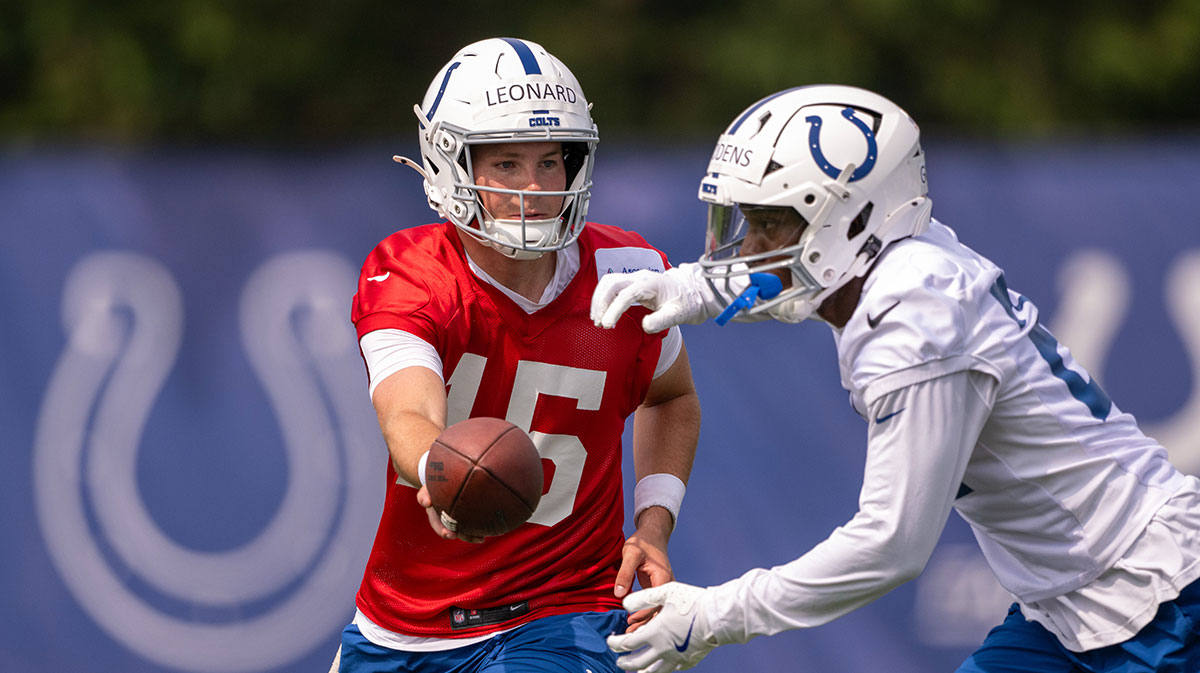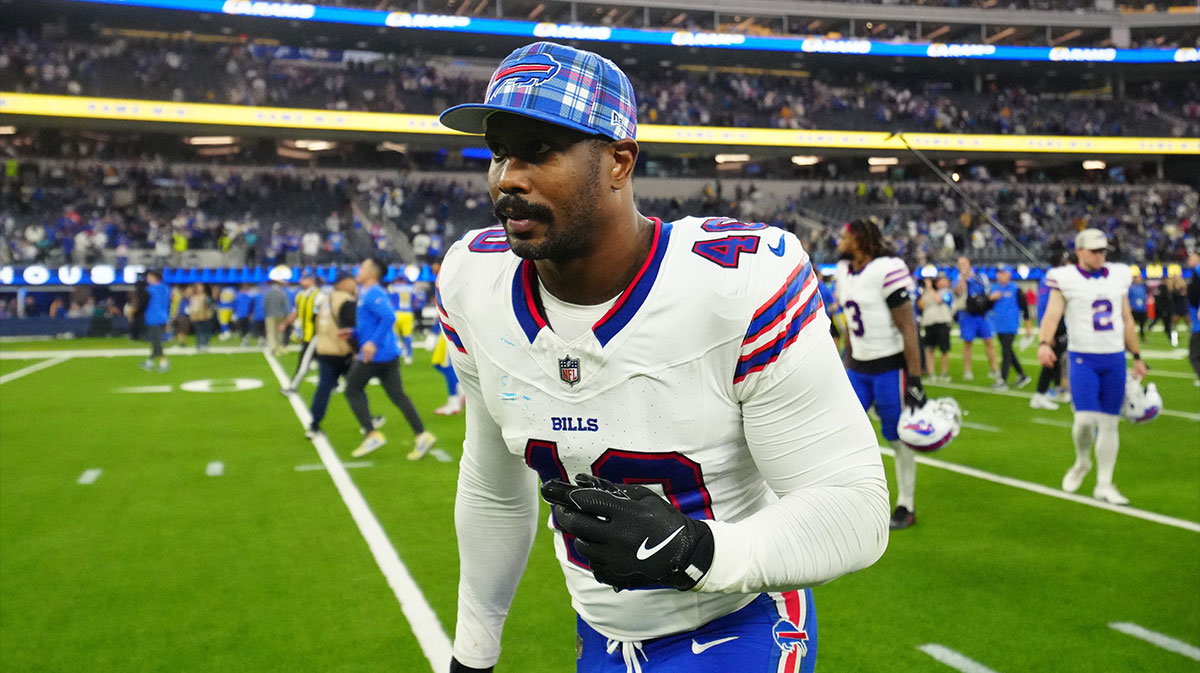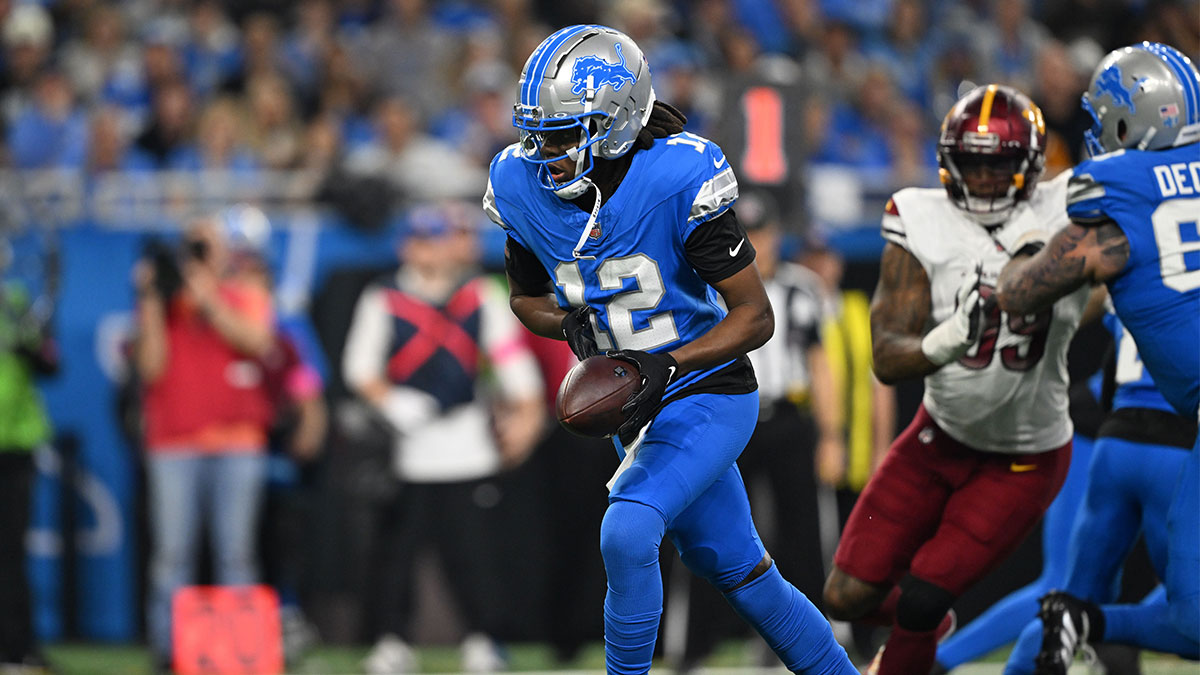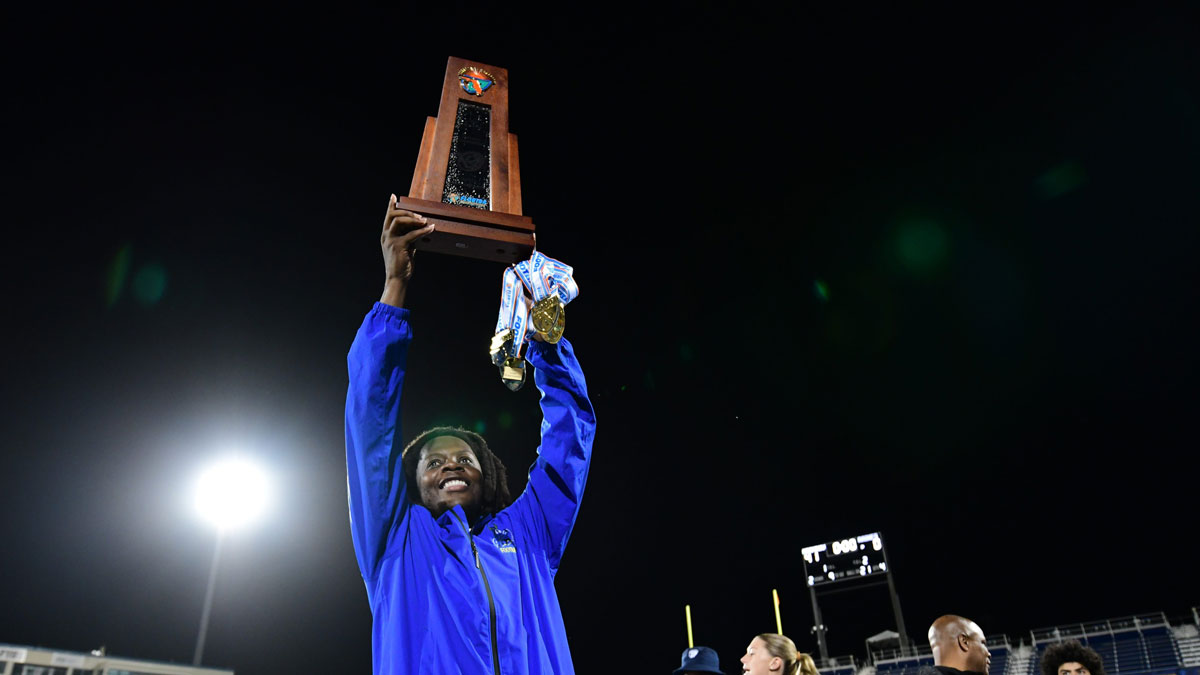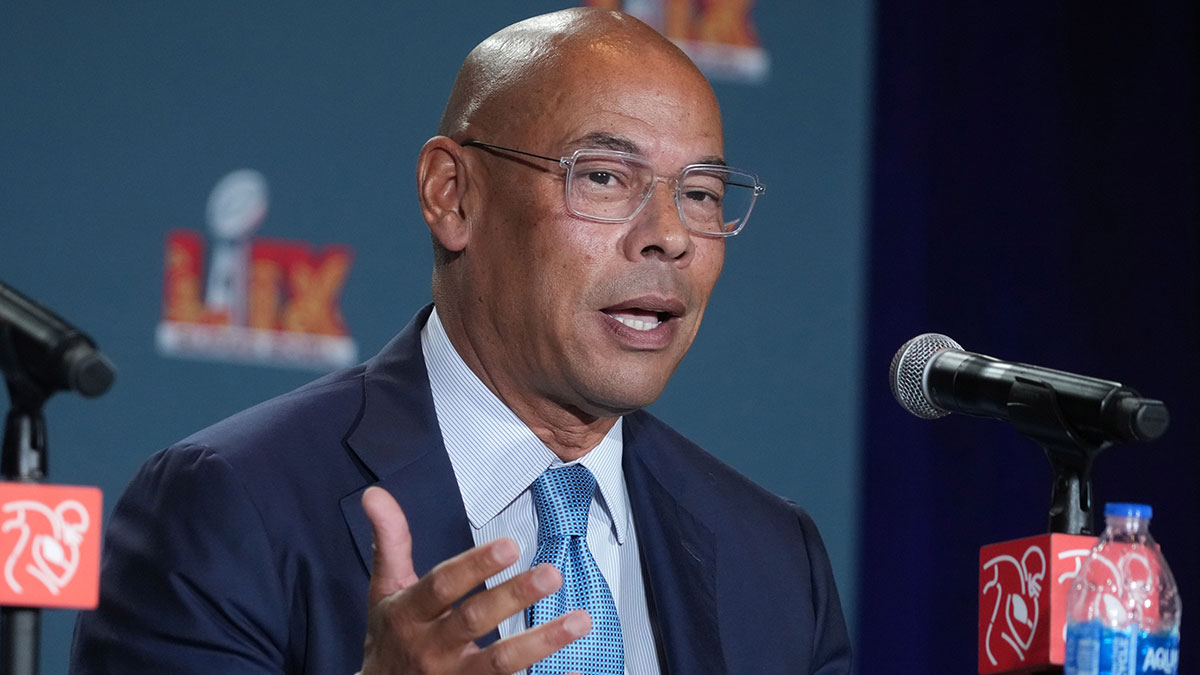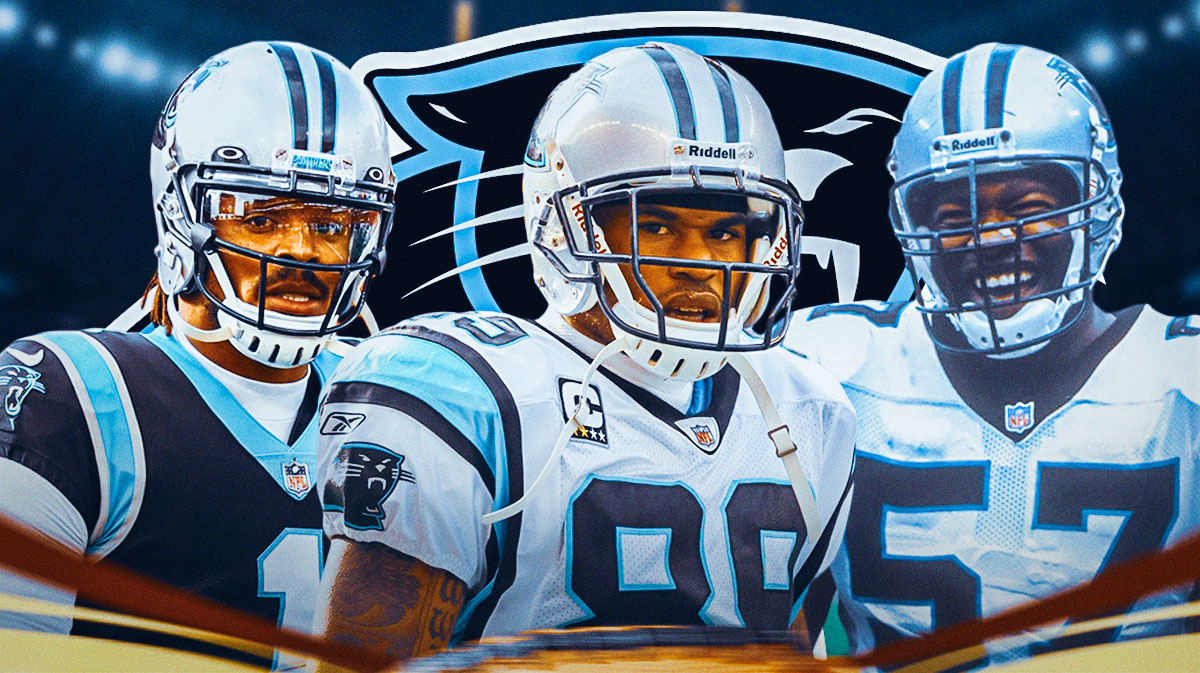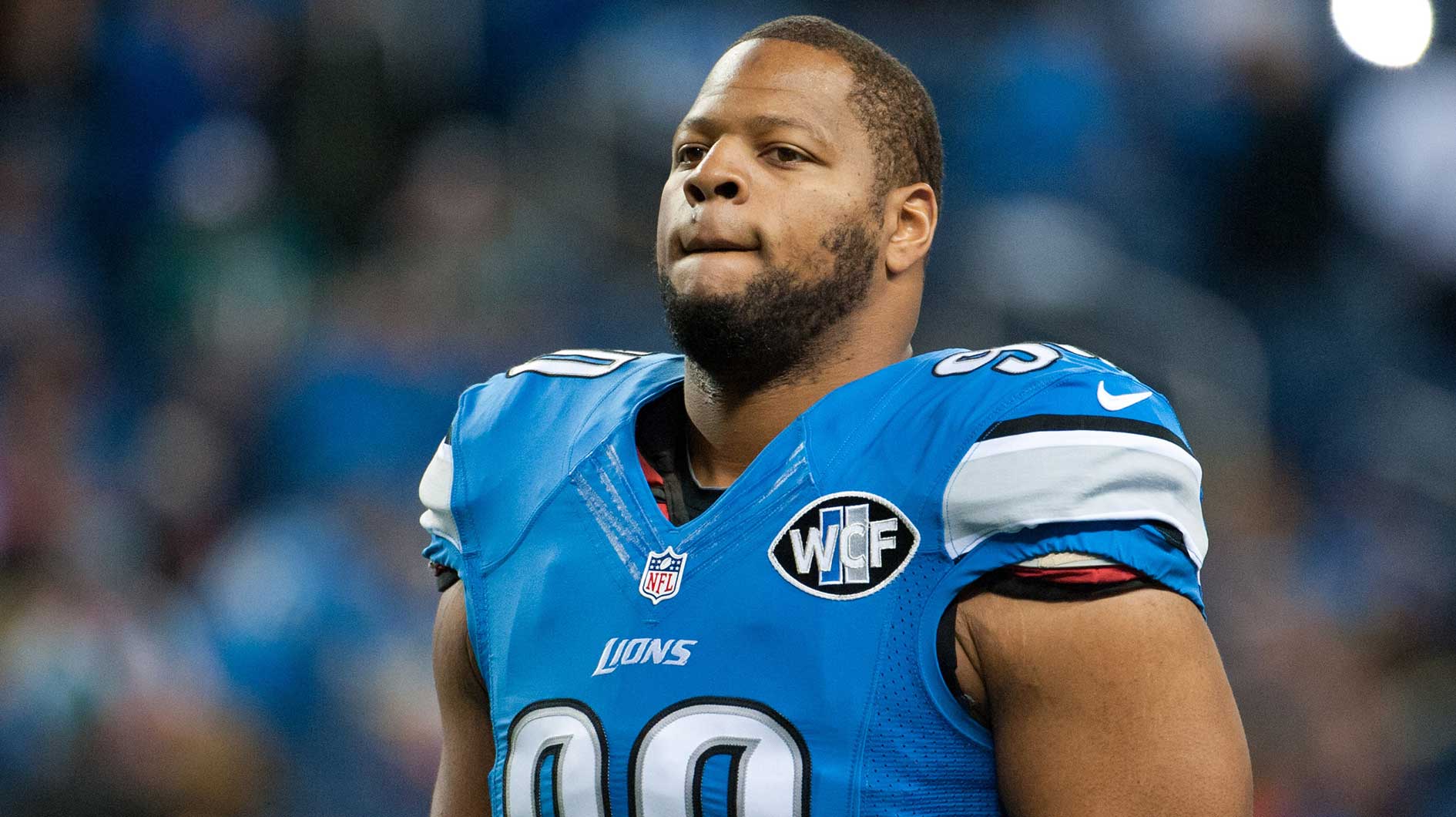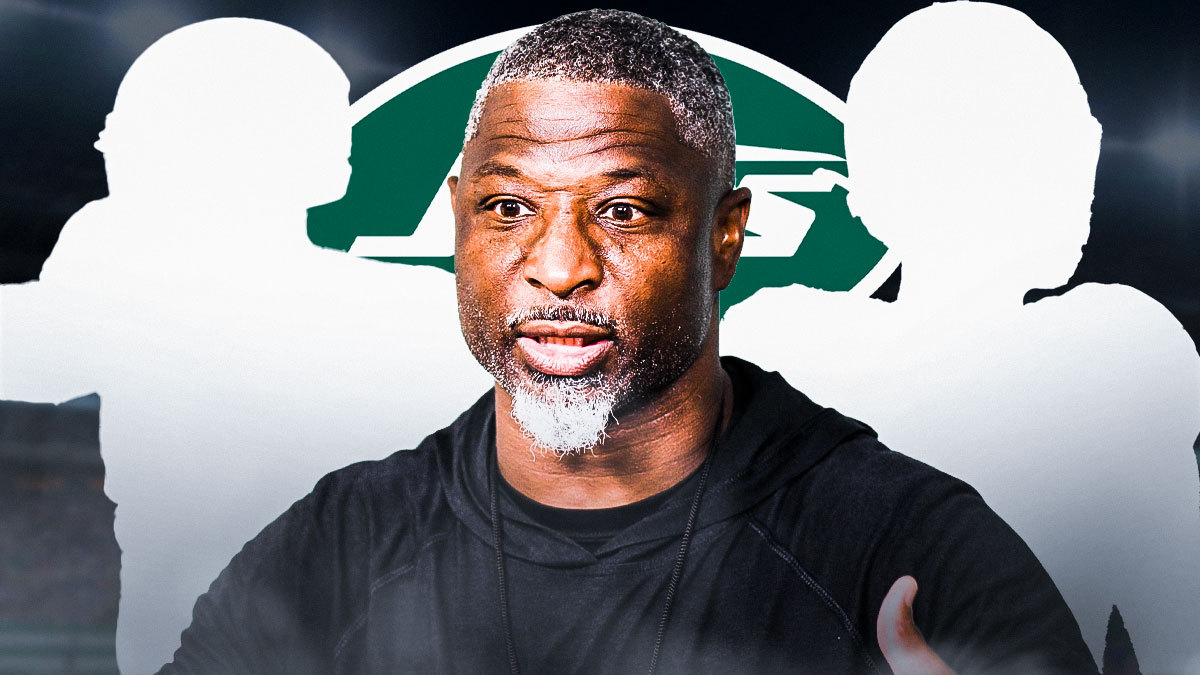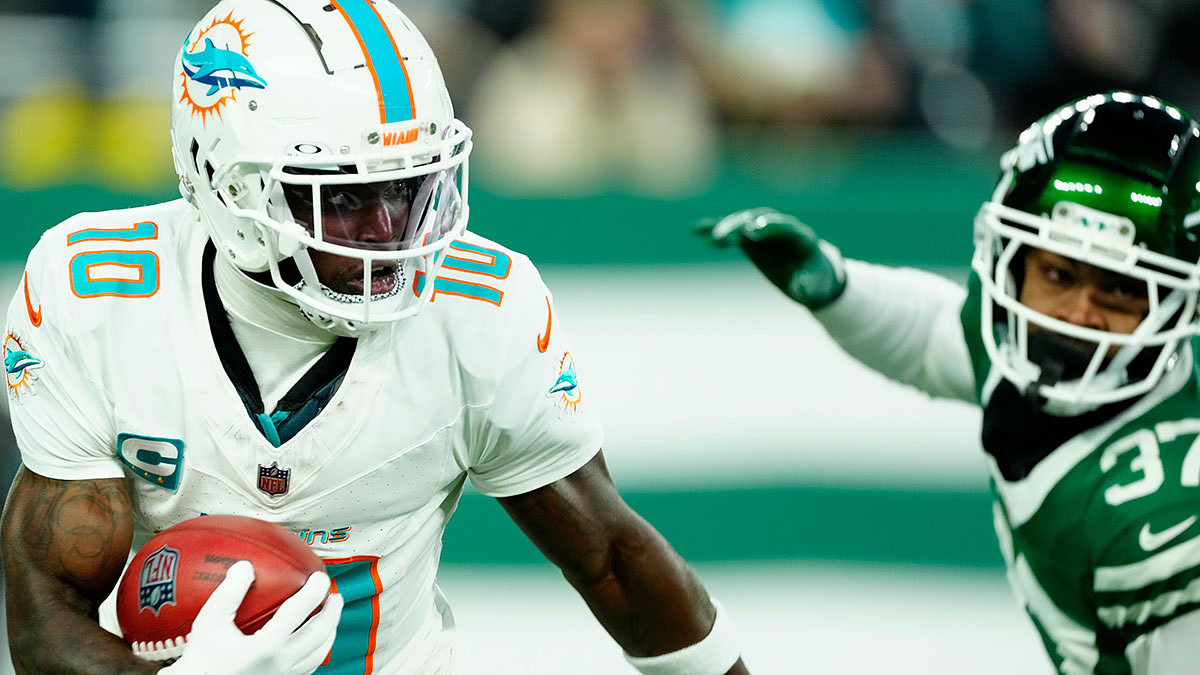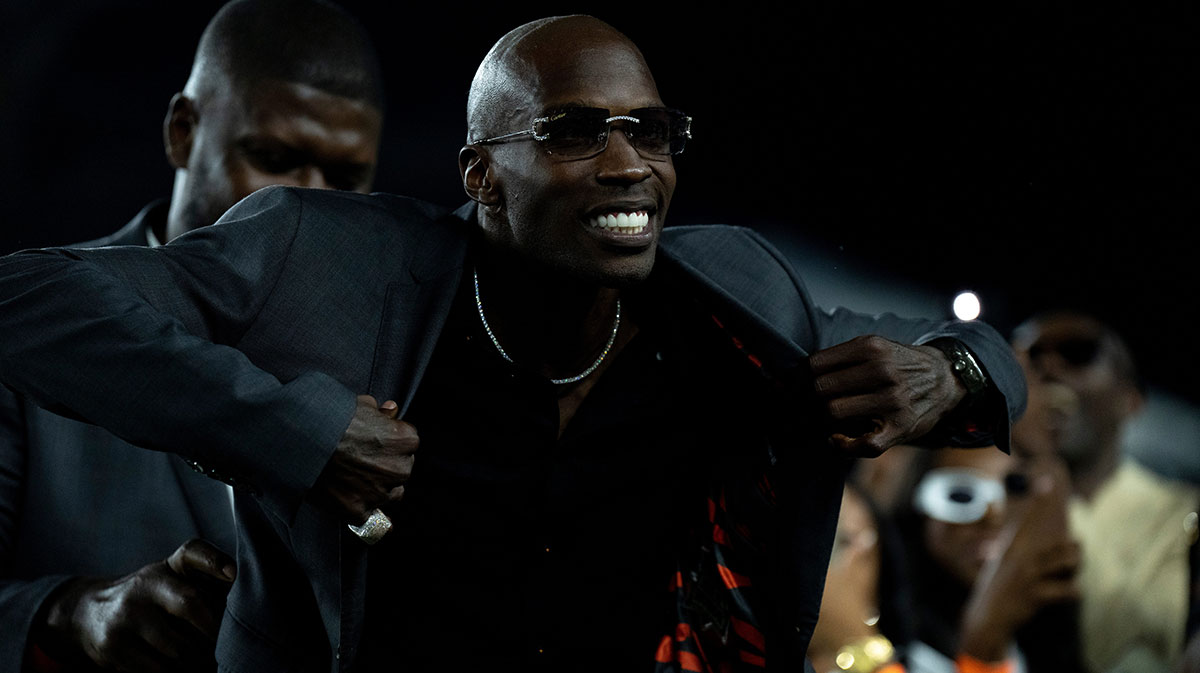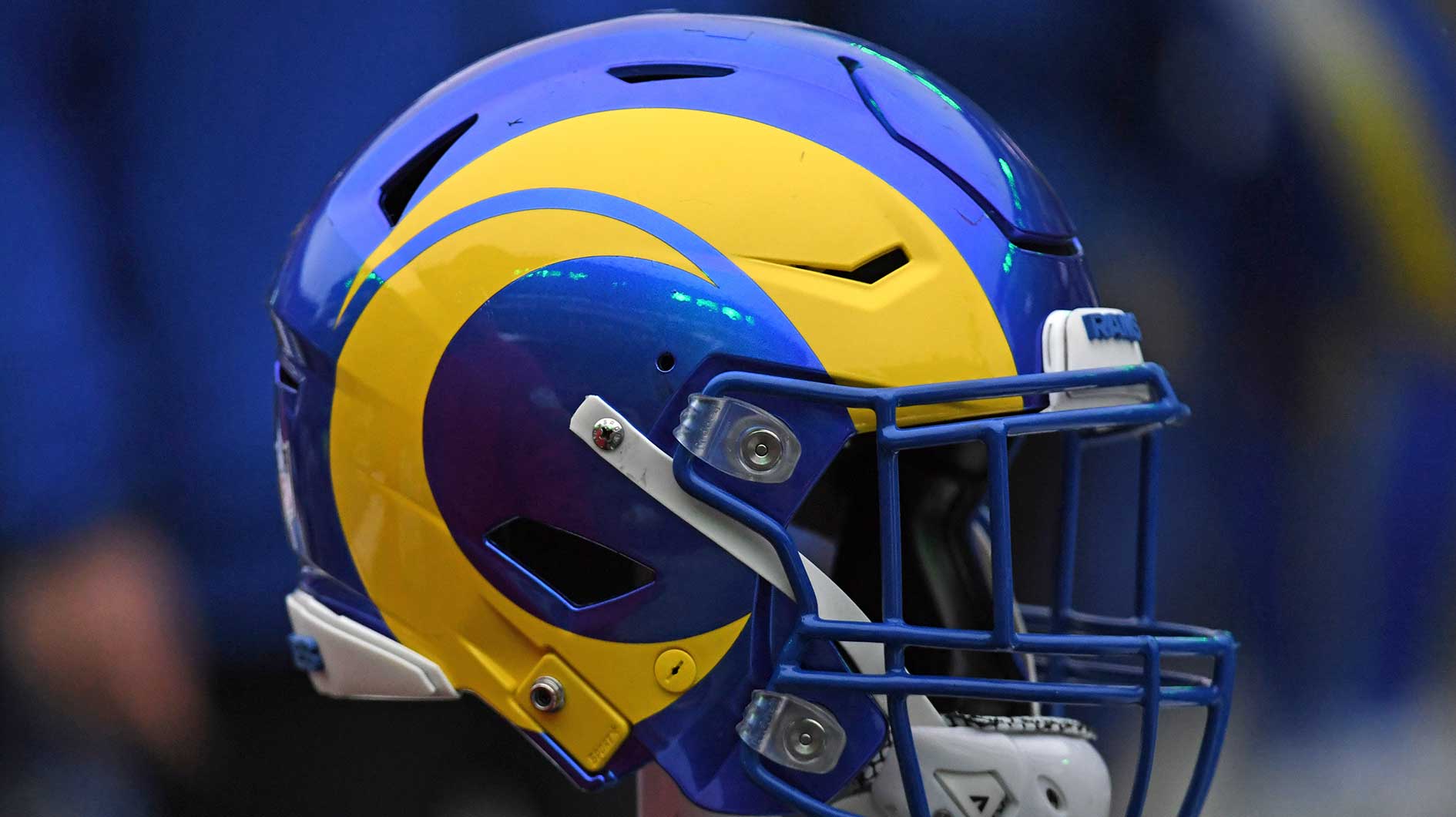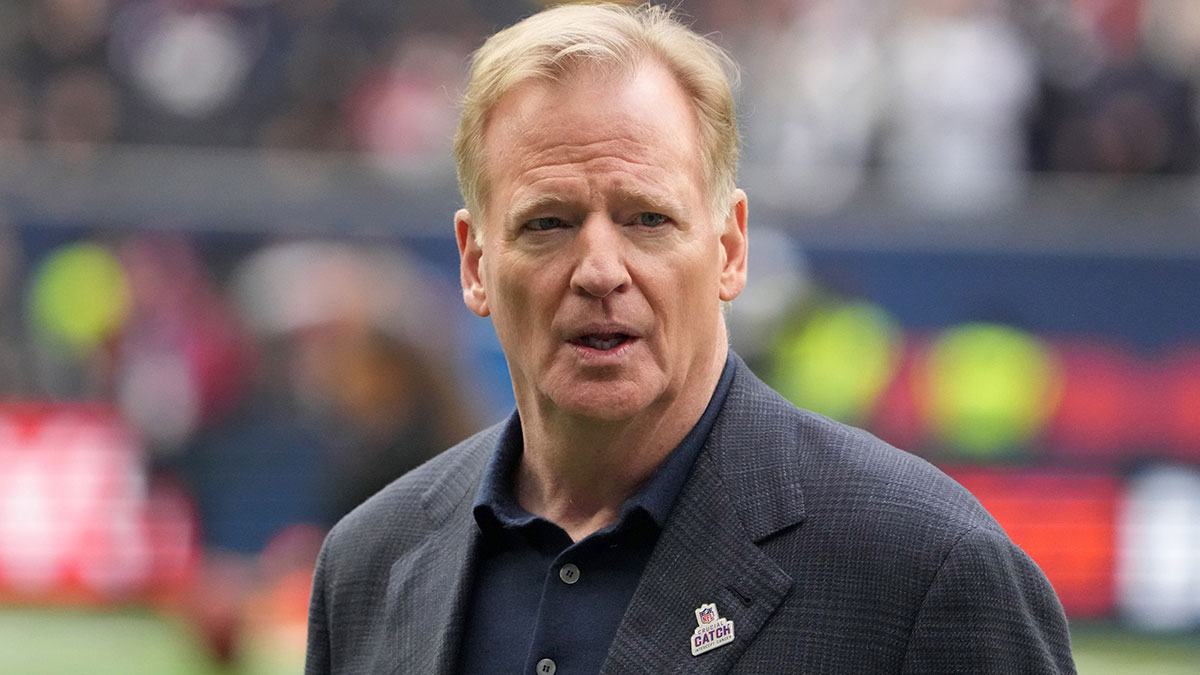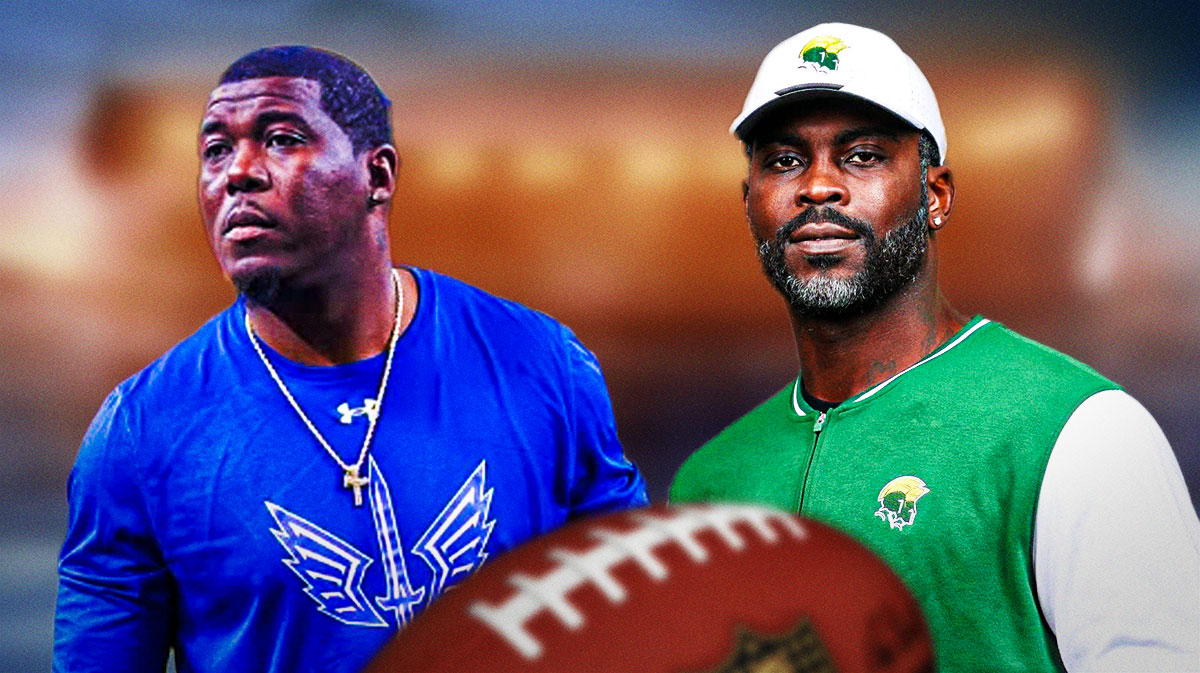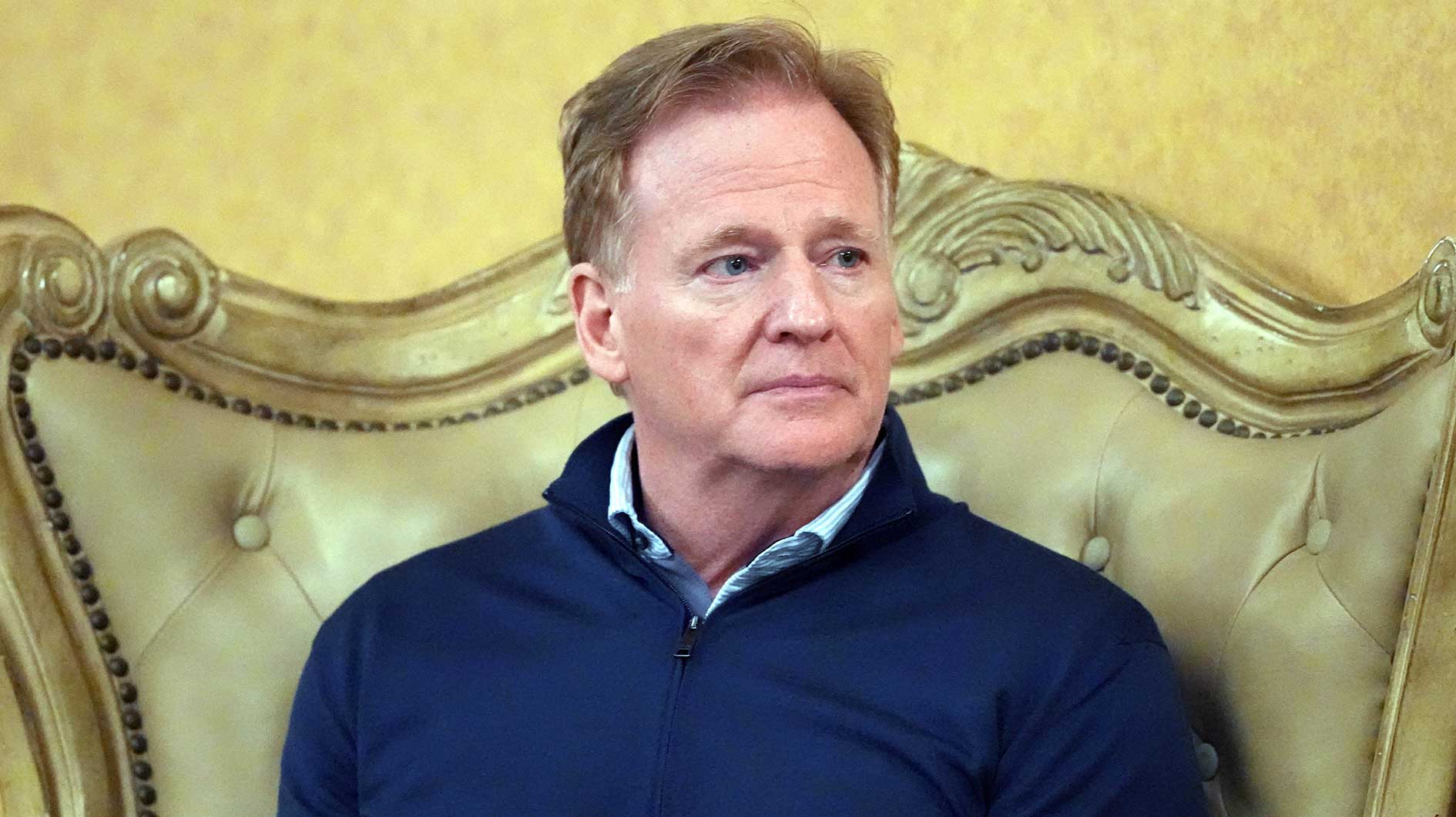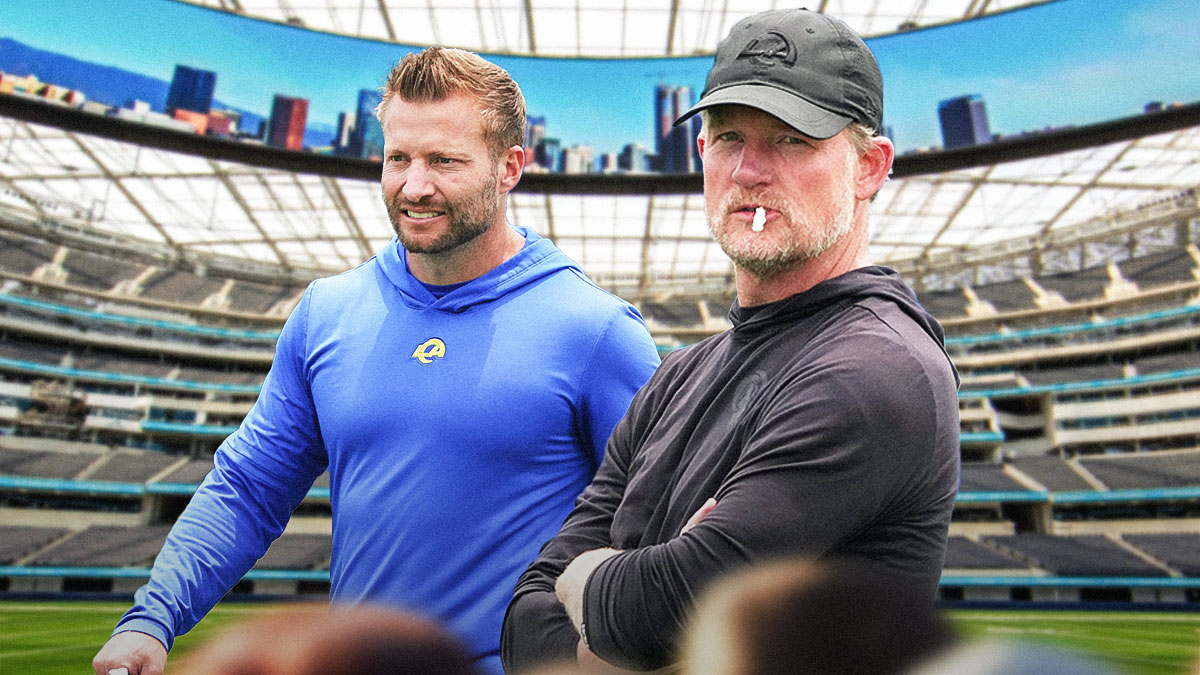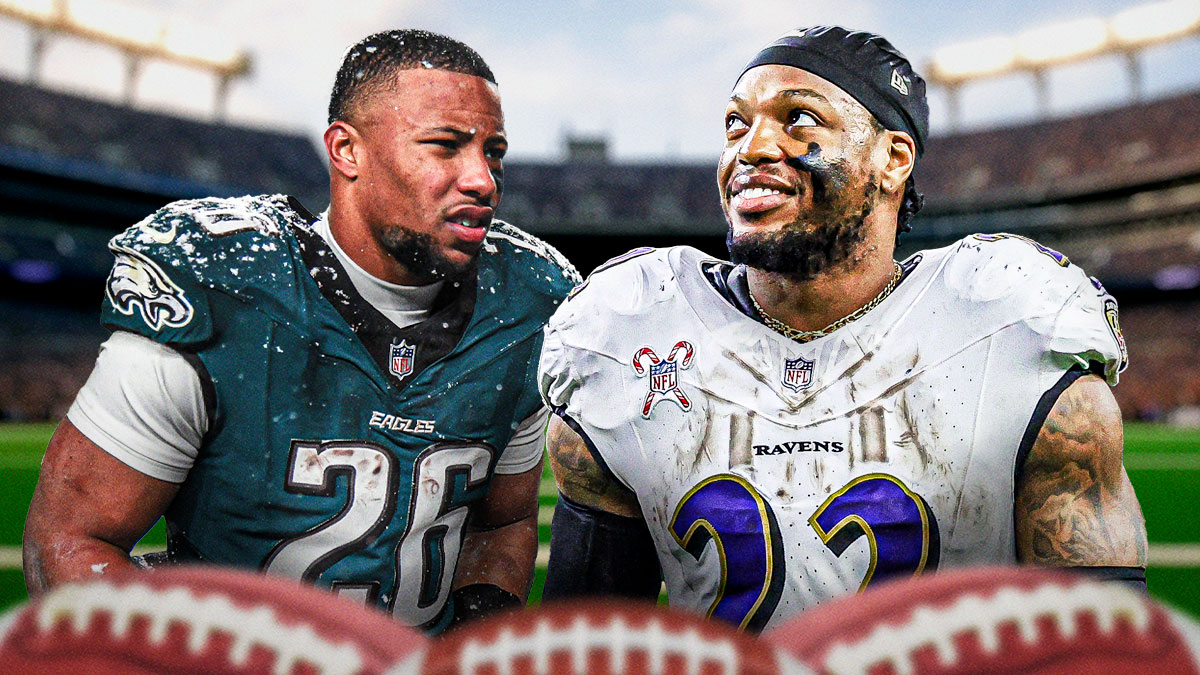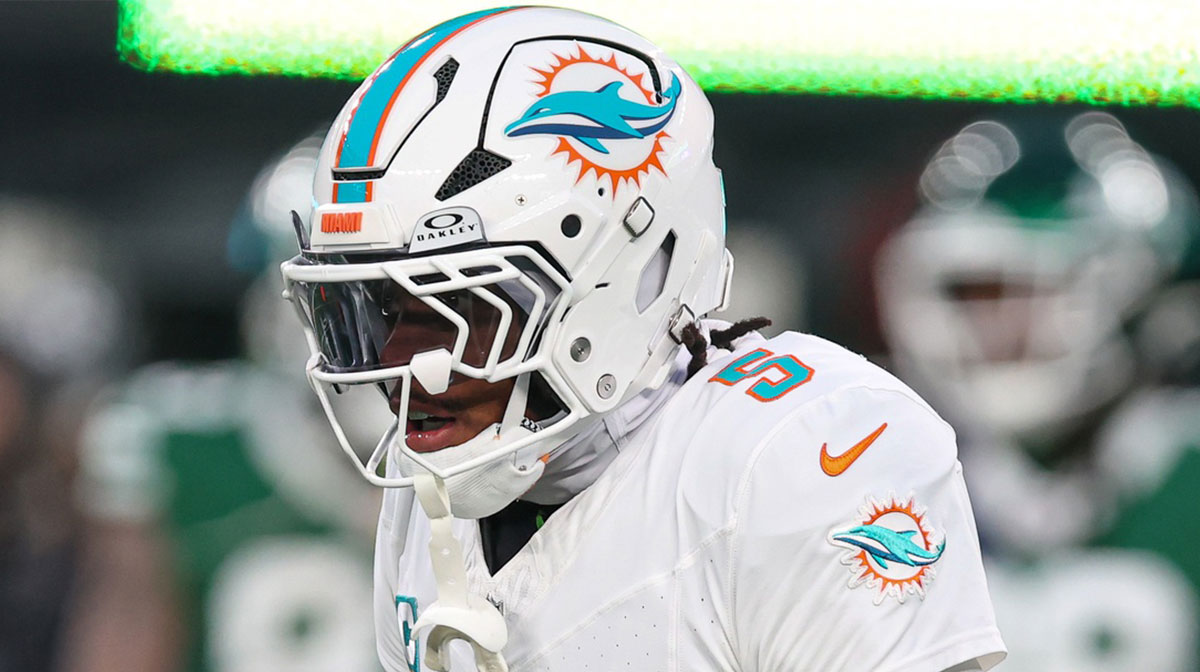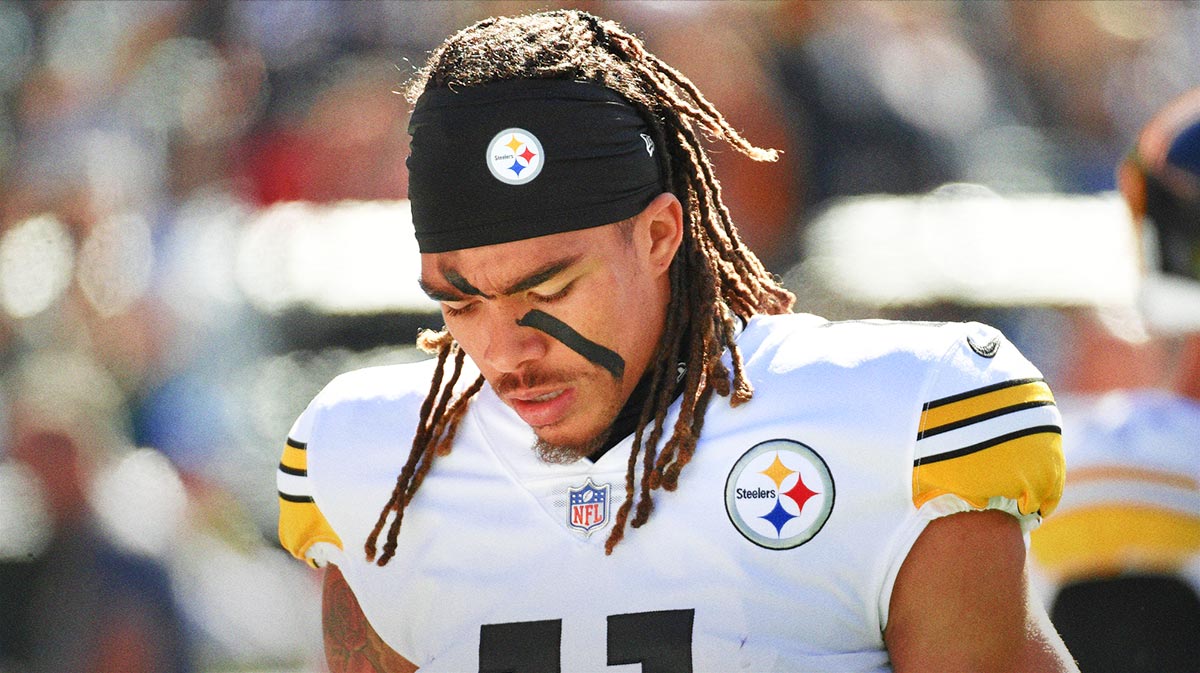Making selections in the NFL Draft is all about finding value with your pick; balancing a player's possible ceiling and floor with his position and impact on your team. Every now and then a prospect, like Myles Garrett, will come along with both a high floor and ceiling, making him as close to a can't-miss pick as there is. But most of the time, the players with the most potential also have the lowest floors. Here are five players in the 2019 NFL Draft who will either boom or bust at the next level.
5. Greg Little, OT, Auburn
Little was inconsistent during his college career, flashing elite potential but struggling to maintain a stout anchor. He often won with superior athleticism, but he didn't test very well at the NFL Draft's Scouting Combine.
Early in the 2018 season, he was talked about as the best tackle in the class, but he will likely be the third or fourth OT off the board. Still, he possesses ideal size (6-foot-5 and 310 pounds) and nimble feet.
If he can add core strength and improve his hand usage, he can be an excellent pass protector in the NFL. If not, he'll be destined to be a career backup as teams continue to try and squeeze his potential out of him, similar to Greg Robinson (another former Auburn left tackle) before last season.
4. Hakeem Butler, WR, Iowa
Physically, it's almost impossible to ask for a better prospect at wide receiver than Butler. He stands 6-foot-5 230 pounds, with a 128″ broad jump, a 36″ vertical, and a 4.48-second 40-yard dash. His arms are 35 1/4″ long and his hands measured an insane 10 3/4″. His production – 60 catches, 1,318 yards, nine touchdowns – was very good.
So, why isn't he a top-five NFL Draft prospect? Two reasons: sub-par route running and poor hands.
Butler has shown the short-area quickness to be an excellent route runner, but he needs to refine his foot technique in order to maximize his agility and eliminate false steps. This will come with experience and coaching.
The bigger problem is his actual catching ability; he has shown strong hands and made plenty of circus catches, but he drops far too many passes. According to Pro Football Focus, Butler's drop rate was 16.7 percent, a terrible number. Ohio State's Parris Campbell, known to struggle with catching the ball consistently, dropped just 5.4 percent of his targets in 2018.
Butler's mix of size, athleticism, and strength, gives him All-Pro potential, but all that won't mean anything if he can't be trusted to haul in passes.
3. Greedy Williams, CB, LSU
Williams' boom-or-bust potential is less about his weaknesses as a player and more about his drive to improve. At 6-foot-2 and 185 pounds, he has great size for a cornerback, although he could benefit from adding a few pounds. He ran the 40-yard dash in 4.37 seconds, is great in both man and zone coverage, and has fantastic ball skills.
Williams' issue is with physicality. He shies away from contact and shows zero effort in run support. NFL cornerbacks are supposed to provide good coverage first and foremost, but they can't be complete liabilities against the run, and that's what Williams is right now. If he doesn't want to improve in that area, what will happen when he's challenged by a physical receiver like DeAndre Hopkins?
Williams has ridiculous potential, but in order for him to realize it, he'll need to change his mindset.
2. Rashan Gary, DL, Michigan
As incredible an athlete as Gary is, he should have dominated in college. At 6-foot-4 and 277 pounds, he ran the 40-yard dash in 4.58 seconds and jumped 38″ in the vertical.
Yet, in three years at Michigan, he finished with just 23 tackles for loss and 9.5 sacks. For context, Mississippi State's Montez Sweat, a likely top-15 pick, made 30 TFLs while recording 22.5 sacks over the last two seasons.
Gary has the versatility to play all over the line, but his skillset fits best at three-technique defensive tackle. The problem is if he does play there he would be the lightest DT in the league and could get pushed around inside.
Gary also doesn't have the bend required to play on the edge full-time. He is a fantastic athlete, but as a football player, Gary seems to be a tweener.
The San Francisco 49ers drafted a tweener in Solomon Thomas third overall in 2017, and that hasn't worked out, as Thomas has 13 TFLs and four sacks in two years, with 10 and three of those coming in his rookie year. Gary can be an excellent player, but he needs to go to a team that will use his athletic gifts in the right way. If he is used incorrectly, his impact will be even less than what it was in college.
1. D.K. Metcalf, WR, Ole Miss
The talk of the NFL Draft Combine, Metcalf's size and physical traits make him an appealing prospect. At 6-foot-3 and 228 pounds, Metcalf ran the 40-yard dash in 4.33 seconds, jumped 40.5″ in the vertical, and recorded 134″ in the broad.
His three-cone and 20-yard shuttle times were terrible, however; the woefully unathletic Tom Brady had better times in those drills. This caused many to label Metcalf as a one-trick pony who can run go routes and nothing else.
While his lateral agility isn't great, it shouldn't have too much impact on his draft stock. If a team is drafting a receiver this big to run routes like Antonio Brown, they're going to be disappointed. This will limit Metcalf's potential, but it's not a huge problem.
His film shows he can easily create separation on streaks, posts, digs, and slants, the main routes that big X receivers run. Add legit 4.3 speed and great jumping ability, and you have the makings of an elite player. Metcalf does struggle with concentration, as his 10.3% drop rate shows, but his hands aren't anywhere close to as big a concern as they are for Butler.
Another issue that people have with Metcalf is his production; in three years, he caught 67 passes for 1,228 yards and 14 scores. That's a good single season for the NFL's best wideouts. However, Metcalf's numbers must be taken into context. He played in only two games in 2016, and seven in 2018, due to a neck injury (another concern for some, but it shouldn't be a long-term issue, as Metcalf avoided any serious damage).
Extrapolating his 2018 numbers to a full 12-game season would yield 45 grabs, 975 yards, and nine TDs. Still not great production, but Ole Miss's offense did Metcalf no favors by using him almost exclusively on streaks and curls. He will run a much more varied route tree in the NFL and as a result should be much more effective.
Historically, receivers with Metcalf's production and agility testing don't fare too well. But if Metcalf's weaknesses are taken with context and schemed around, he will be a very good NFL player.

